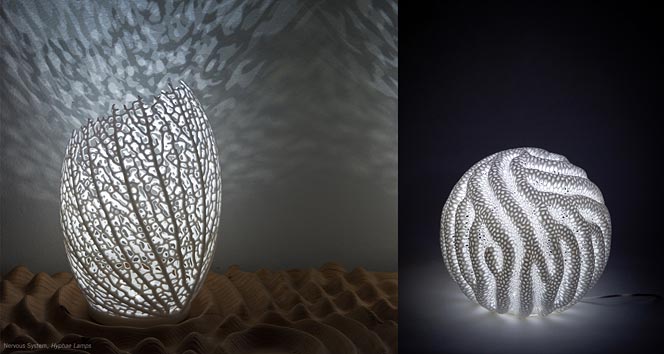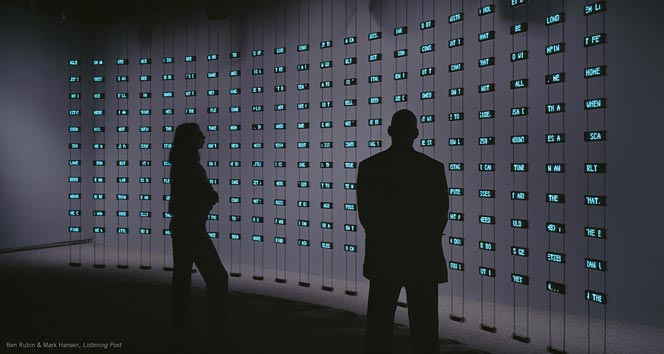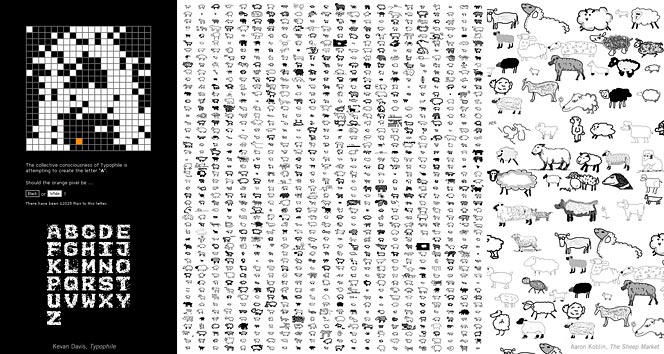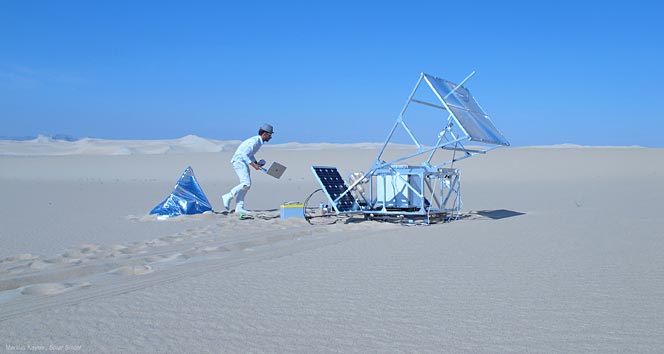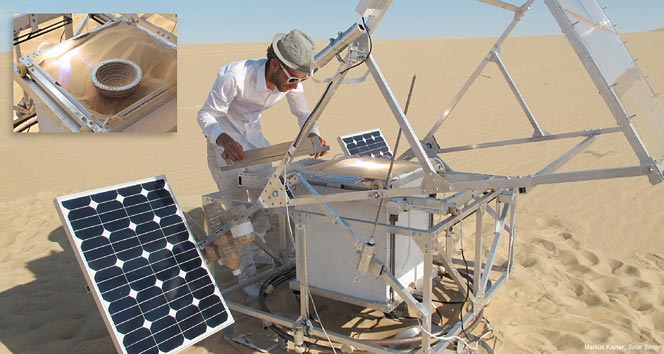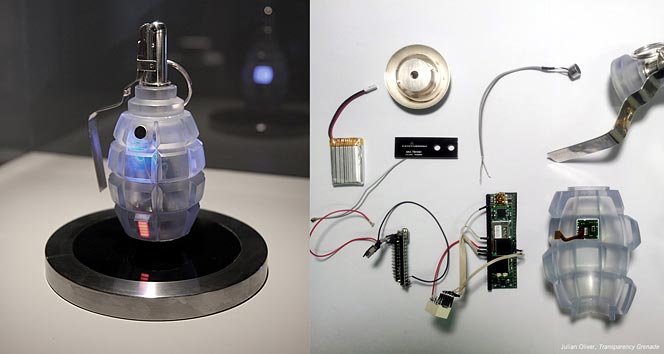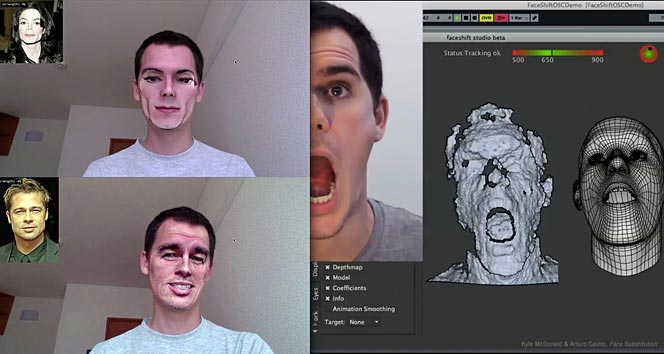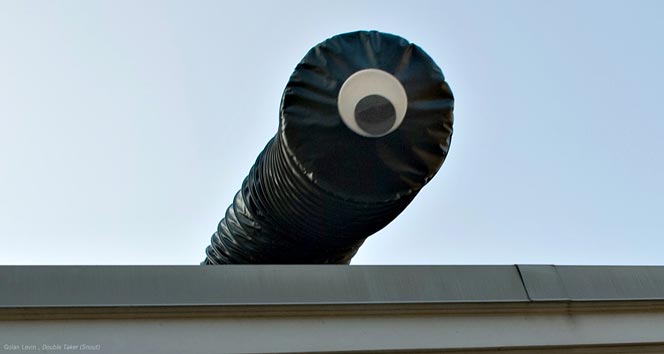“Smart Art” Presentation at the World Economic Forum
25 September 2012 / event, lecture, pedagogyEarlier this month, I had the honor of presenting at the “Annual Meeting of the New Champions“, a World Economic Forum conference held in Tianjin, People’s Republic of China. The conference, which was dedicated to the theme of “creating the future economy”, included a panel on “Smart Art” which featured brief presentations by Hasan Elahi, of the University of Maryland; Chinese new-media artist Li Hui; myself; and Walter Scheidel, of Stanford University. After the individual presentations was a panel discussion moderated by Salim Amin, Chairman of A24 Media/Camerapix, Kenya.
This post compiles the narration and images from my presentation on “Smart Art”. To be sure, the projects below are assuredly quite well-known to my networks of friends and peers in the Ars Electronica, Eyeo, and other communities for new-media arts. For the purposes of the World Economic Forum, I felt my duty was to serve as an emissary from the arts, and help the attendees catch up on some recent and current developments in technologized modes of art practice.
Good morning, and thank you.
Today’s panel is titled “Smart Art”. For many people, “smart” is a shorthand for anything that uses uses computer technology. Perhaps that makes it “smart” to begin with, though this is not always so. There is a lot of very smart art that uses no computers at all. And there is some computer art that is not so smart, either. But today I’ll briefly present some of the ways in which technology is transforming the arts: art that, whether or not it is actually “smart” (in using, say, ‘artificial intelligence’), I nonetheless believe is asking the right — smart — questions.
Technology and Culture have always been in feedback. Culture motivates the growth of new technologies, and new technologies enable new forms of culture. Of course, this has accelerated significantly: there are now many artists who work natively with the fundamental medium of our age — writing software, creating circuitry, and employing the network in new ways. Here are some of these artists, and their projects.
1. NERVOUS SYSTEM — HYPHAE LAMPS
Let’s begin with the decorative arts. These are lamps which are grown by algorithms. Each lamp is absolutely unique: the result of a computer simulation, and then 3D printing. The creators are Jessica Rosencrantz and Jesse Louis-Rosenberg: product designers with backgrounds in mathematics and software engineering. Their products are inspired by science — not attempting to reproduce science, nor produce knowledge per se, but rather to use the discoveries of science, and the tools of engineering, for expressive ends.
2. LISTENING POST by BEN RUBIN & MARK HANSEN
This piece, from 2001, is already a classic of new-media art. The artists have built a machine which grabs text from thousands of on-line chat-rooms, in real-time. This text is then presented to the viewer visually, in these green displays, and sung by speech synthesizers. The feeling it produces — of watching all of humanity in conversation — is quite overpowering and I have personally seen viewers moved to tears. Underlying its implementation are some very sophisticated machine-learning algorithms that help cluster texts from people who are talking about related topics.
3. SHEEP MARKET by AARON KOBLIN, and TYPOPHILE by KEVAN DAVIS
Here are two more projects which employ huge crowds of people in complementary ways. On the right, Aaron Koblin paid info-laborers on Amazon’s Mechanical Turk service two cents each to draw a sheep facing to the left. He collected 10,000 drawings this way. The project is as much about the visualization of a diverse collection, as it is about labor in the digital era.
On the left, in a project by Kevan Davis, is a typeface created by thousands of people, who are aware that they are all collaborating together, but have highly restricted means for doing so. The rules are simple: each visitor is asked: “should the orange pixel be black or white, in order to make the letter A?” The resulting letter, and alphabet, is negotiated by thousands of people. It is a visualization of the hive mind, made possible by the network.
4. SOLAR SINTER by MARKUS KAYSER
This project uses a computer, but, unlike the previous projects, it is completely off the network. It is a completely solar-powered 3D printer, which uses free energy from the sun to melt free material — sand — into any kind of glass object. A completely functional prototype, it is proposed as an artwork, or a speculative design, because of the way that it provokes consideration about the (or a) deep future.
5. TRANSPARENCY GRENADE by JULIAN OLIVER
By contrast, this project is very much about the present: the era of Wikileaks. It is an “information grenade”, which makes the process of leaking information from closed meetings as easy as pulling a pin. This is a very much working prototype, designed to provoke. I read from the artists’ own text: “Equipped with a tiny computer, microphone and powerful wireless antenna, the Transparency Grenade captures network traffic and audio at the site, and securely and anonymously streams it to a dedicated server where it is mined for information. Email fragments, HTML pages, images and voice extracted from this data are then presented on an online, public map, shown at the location of the detonation.”
6. FACE SUBSTITUTION by KYLE MCDONALD & ARTURO CASTRO*
Did you happen to see the headline today? “FBI’s New Facial Recognition Program Leaves No Place to Hide”. Well, the FBI has announced a plan to spend $1 billion to build a new type of facial recognition database that will allow the agency to identify suspects and people of interest using security footage from public cameras.
This interactive project is a small but highly disruptive sketch. It uses highly accurate face-tracking algorithms to substitute someone else’s face for your own, in real-time video. Pretending to be a celebrity like Michael Jackson or Brad Pitt — puppeteering their face — is a certainly hugely enjoyable interaction. But consider what this project suggests for the future of video-teleconferencing. You may no longer be certain with whom you are speaking. Indeed, Kyle & Arturo have used the same code to build a working implementation of the “Scramble Suit“, a videoconference corrupter described decades ago by science fiction author Philip Dick — precisely to combat something like the FBI’s database.
7. DOUBLE-TAKER (SNOUT) by GOLAN LEVIN
Algorithms for understanding human appearance and behavior play an increasing role in both entertainment, and in the systems which track our behavior. And so now, a project of my own: “Double-Taker”.
This project is a large-scale interactive robot, a playful “eye in the sky”, which lives on top of a building, and which responds interactively to people who come and go through the front entrance. Through the use of real-time character animation, and computer vision algorithms, the robot attempts to convey that it is continually surprised to see you. It does a double-take. It checks you out, looks you up and down. And it tries to mirror your own actions. It is a kind of whimsical, poetic surveillance system — half Big Brother, half Sesame Street.
CONCLUSION
OK: So, today I’ve talked about “smart art” that makes use of
- Algorithmic Intelligence;
- Crowd Intelligence;
- Ecological Intelligence;
- Covert Intelligence;
- and lastly, in my own work, a kind of “Artificial” Intelligence.
I look forward to our upcoming discussion about Smart Art, and the ways in which artists are using technology, to develop poetic explorations and critical interventions, in our increasingly mediated lives.
*Note: The image actually shows two different projects by Kyle. It’s a long story, but my ability to find and assemble good images was hampered by the Great Firewall.
« Prev post: 25 Technologies
» Next post: “Radically Local” Presentation at the World Economic Forum
